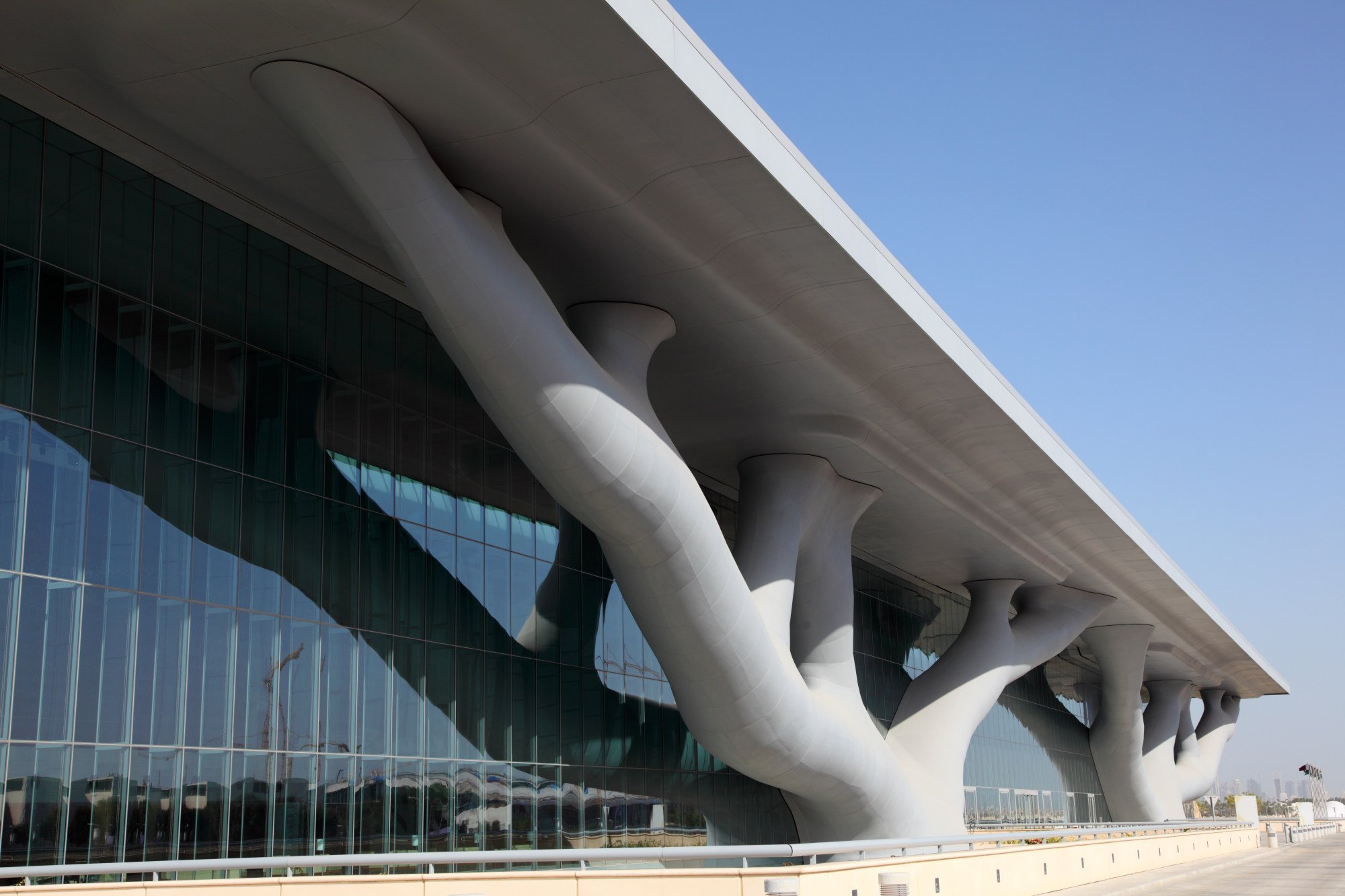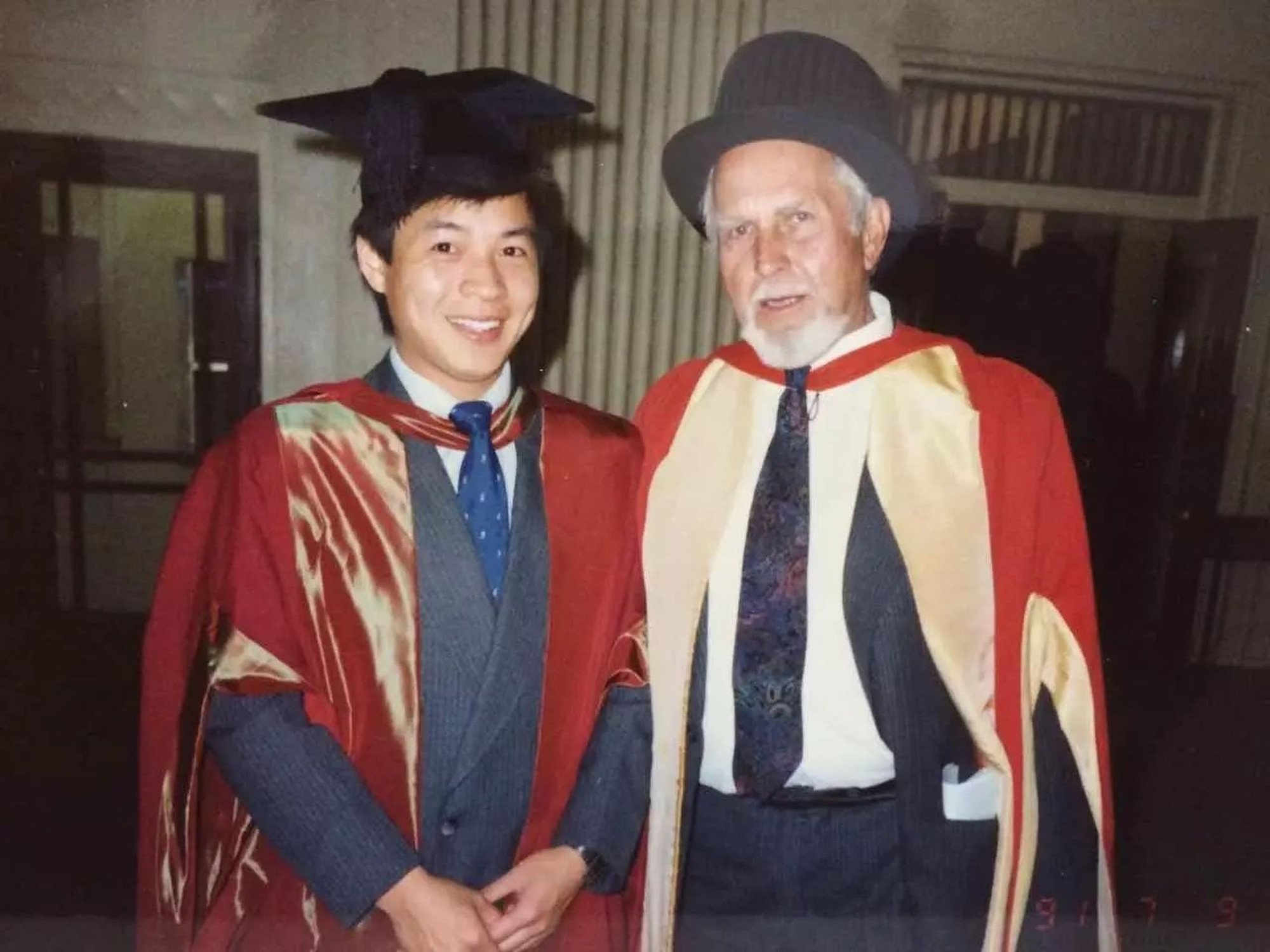Globally celebrated scientist who grew up in a poor rural area, now returns to his hometown as dean of Hohai University.
Imagine a childhood where becoming a carpenter felt like the ultimate dream. That was the world of Xie Yimin, a shepherd from Changzhou,
China
.
His journey, however, propelled him to become a globally celebrated
scientist
and
mechanical engineer
in Australia, renowned for his Evolutionary Structural Optimisation (ESO) method that transformed global design.
After a stellar career spanning decades and earning
Australia
‘s top accolades, Xie has chosen a homecoming: leaving Down Under to return to his roots in Jiangsu, spearheading China’s future technological advancements as dean at Hohai University.
Do you have questions about the biggest topics and trends from around the world? Get the answers with
SCMP Knowledge
, our new platform of curated content with explainers, FAQs, analyses and infographics brought to you by our award-winning team.
Xie was born in a poor rural area of Changzhou, Jiangsu province in eastern China, in 1963.
“When I was a child, I was a shepherd,” he recalled in an interview in 2016. “My parents were rural teachers, and one of my father’s students was a carpenter. I thought at the time that the best thing that could happen to me in my entire life was to become his apprentice and become a carpenter myself in the future.”
He never imagined that he would leave his hometown for university, pursue studies overseas and eventually return to Changzhou.
He did not become a carpenter. Instead, the theories he established have enabled the design of structures far beyond the scale that could be achieved with wood.
In 1980, due to his outstanding academic performance, 17-year-old Xie left his hometown to study in Shanghai. He was admitted to the department of engineering mechanics at Shanghai Jiao Tong University (SJTU).
After completing his undergraduate studies, he pursued a master’s degree under the guidance of Professor Zhong Wanxie, a member of the Chinese Academy of Sciences.
In 1986, during his second year of graduate studies, he secured a remarkable opportunity.
He was awarded the K.C. Wong Education Foundation Scholarship with the top score in the civil engineering category nationwide.
K.C. Wong, a renowned patriotic businessman from Hong Kong, donated US$100 million (718 million yuan) in 1985 to establish this scholarship, supporting outstanding doctoral candidates from China in their pursuit of studies abroad.
Through this scholarship, he received funding to pursue his doctorate. He had simultaneously gained an offer to doctoral programmes at the renowned Massachusetts Institute of Technology (MIT) in the US and Swansea University in Britain.
At that time, the renowned Chinese physicist and academician Qian Weichang was responsible for reviewing K.C. Wong Scholarship applications. Qian advised him that the most crucial aspect of doctoral studies was to carefully select a mentor rather than focus solely on the university.
It was precisely because of this advice that Xie decided to forgo MIT and went to Swansea University in Wales to study geodynamics with Professor Olgierd Cecil Zienkiewicz, a Fellow of the Royal Society and one of the foremost figures in international computational mechanics.
In 1991, after graduating with his doctorate, Xie moved from Britain to Australia. He became a researcher in the aeronautics department at the University of Sydney and the founding director of the Finite Element Analysis Research Centre.
His initial work focused on reducing aircraft weight, which involved designing planes that were lighter yet stronger.
During this process, he proposed the ESO theory. ESO involves obtaining optimal structural performance by finding the most efficient topology, shape and dimensions under given constraints.
The ESO method has a wide range of applications. Beyond its initial use in aviation, ESO has also been extensively adopted in architectural design. This application has enabled the creation of modern buildings with novel and unique appearances.
One pioneering example is the Akutagawa Riverside Office Building in Japan, completed in April 2004. The east facade retains its original structure, while the west, south and north facades were designed using the ESO method. The optimisation process simultaneously accounted for both vertical static loads and lateral seismic loads.
Another example is the Qatar National Convention Centre (QNCC), where the 250-metre-long entrance canopy was designed using the ESO method. This resulted in the supporting pillars for the entrance platform featuring organic forms.
The architect of QNCC, Kisho Kurokawa, was awarded the Pritzker Architecture Prize in 2019, which is the highest award in the field of architecture.
Xie’s academic achievements have had a profound impact on global structural optimisation design. He has published more than 500 papers, with citations exceeding 40,000.

He served as head of the civil engineering discipline at the Royal Melbourne Institute of Technology (RMIT) from 2002 to 2012. From 2012 to 2024, he was the founding director of the RMIT Centre for Innovative Structures and Materials.
Xie was elected a Fellow of the Australian Academy of Technological Sciences and Engineering (ATSE) in 2011. In 2013, he was selected as an expert for China’s National Thousand Talents Plan.
He won the Clunies Ross Innovation Award from the ATSE in 2017. He received the AGM Michell Medal from the Institution of Engineers Australia in the same year.
In 2019, he was recognised in the Queen’s Birthday Honours List. He was appointed a Member of the Order of Australia (AM) for his “significant service to higher education and civil engineering”.
In 2020, he was awarded the Victoria Prize for Science and Innovation by the State Government of Victoria, Australia. Two years later, he was named the Sir John Holland Civil Engineer of the Year by the Institution of Engineers Australia.
In February 2025, he joined Hohai University as the dean of its College of Future Technology. Hohai University is a well-known public university in Nanjing, Jiangsu.
In October 2023, Hohai University established the College of Future Technology which is in Changzhou, Xie’s hometown.
According to the University’s official website, the college focuses on major national strategic issues and the cutting edge of world science and technology. It aims to pioneer revolutionary and disruptive technologies in the fields of civil engineering, water conservancy and intelligent manufacturing within the next 10 to 15 years.
More Articles from SCMP
Anna Jewsbury, creative director of Completedworks, on jewellery design, what inspires her, and the ethos behind the brand whose fans include Emma Watson, Keira Knightley and Saoirse Ronan
Hong Kong’s John Lee seeks closer ties in meeting with EU officials
Viewed from China, Trump’s crackdown on LA unrest seems a risky ‘political gamble’
China’s fitness grandma, maths genius gets millions of fans: 5 trending stories
This article originally appeared on the South China Morning Post (www.scmp.com), the leading news media reporting on China and Asia.
Copyright (c) 2025. South China Morning Post Publishers Ltd. All rights reserved.







